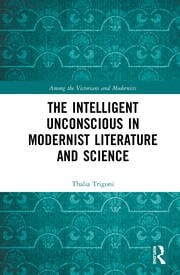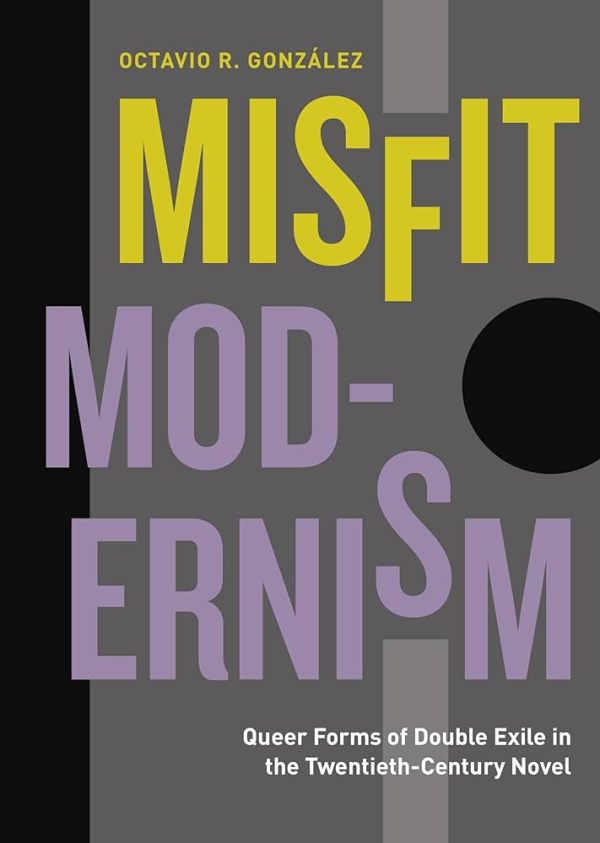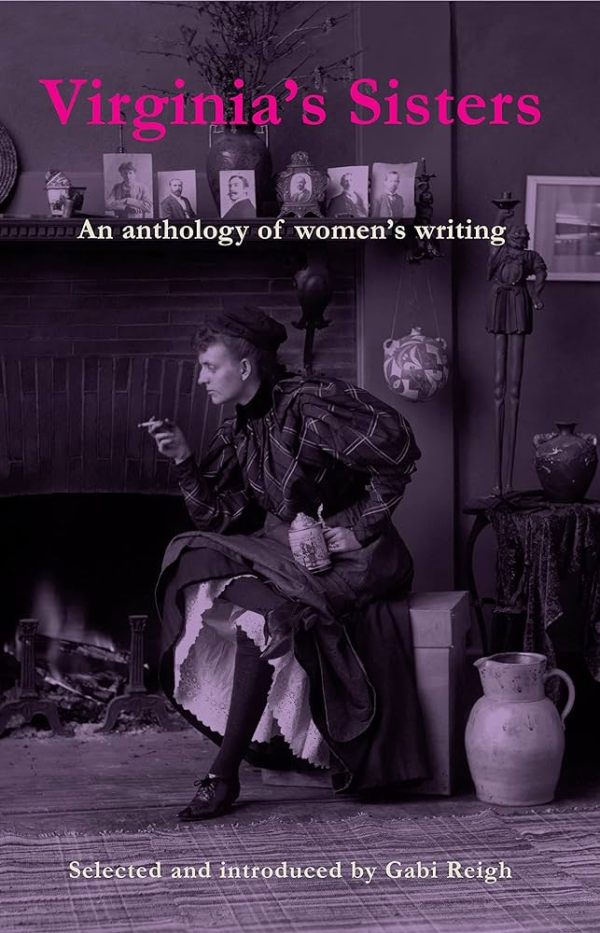10th June 2023
Gwenda Koo, University of Cambridge
In Katherine Mansfield’s short story ‘Miss Brill’ (1920), a lonely old lady sits at the park on a Sunday afternoon. She eavesdrops on people’s conversations, makes up stories about them, chuckles and talks to herself. She imagines that she is an actress, taking part in a play with everyone else. At the critical point of feeling self-important, however, she overhears an insulting comment. Mansfield then grinds the story to a halt; there is a short break before we see Miss Brill at her home. She hears ‘something crying’, and the story ends.
Loneliness, isolation and rejection are amongst some of the most common themes in Mansfield’s short stories. What makes ‘Miss Brill’ distinct is Mansfield’s presentation of the old lady’s illusory world as an ego-defensive process against emotional distress. Taking a cognitive approach, this paper will explore how ‘Miss Brill’ sheds light on coping strategies for negative emotions.
Continue reading “Emotion-focused Cognitive Coping in Katherine Mansfield’s Miss Brill”








